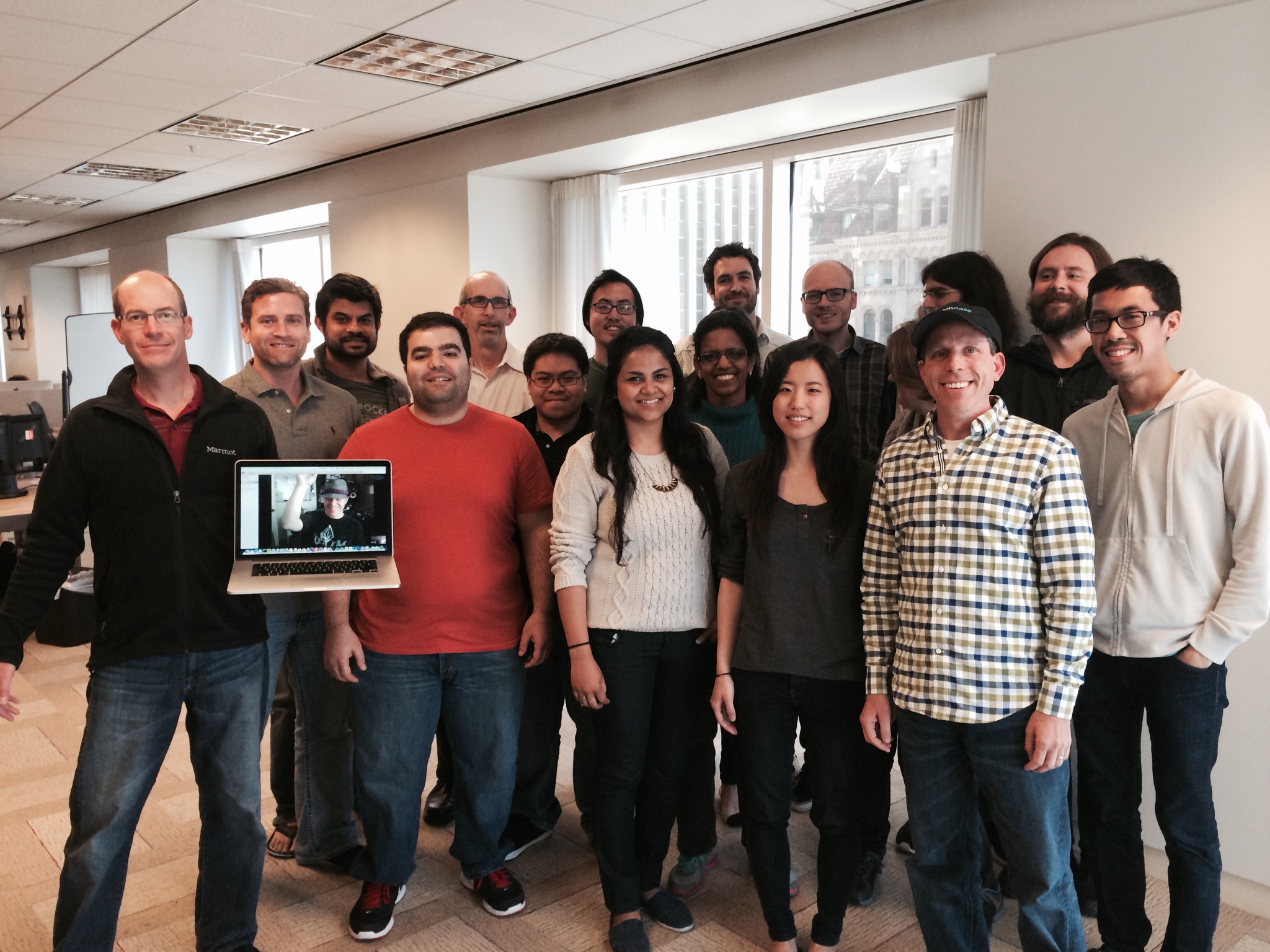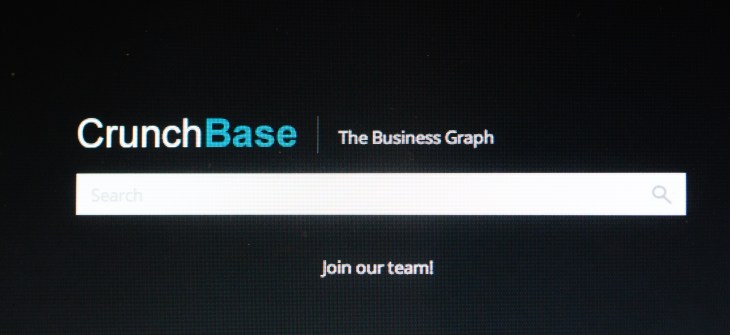Since it was first launched in 2007, CrunchBase has been an invaluable source of information about major companies, startups, investors and executives in the tech ecosystem.
Today we’re proud to introduce CrunchBase 2.0 — a more beautiful, easier-to-use, and more powerful version of the database that the tech world has come to depend on.
Envisioning A New CrunchBase
The new CrunchBase is being launched after nearly a year of work and a drastic expansion of the team supporting it. While the site had grown to become one of the most comprehensive records of what’s happening in the tech world, over the years it started to show a little rust. Worse, the back end wasn’t always stable and it had a tough time keeping up with a rapidly changing tech ecosystem that required a more flexible architecture and data set.
According to TechCrunch COO and AOL Tech General Manager Ned Desmond, there are now 23 people working on the CrunchBase team, compared to a skeleton crew that was overseeing the site just a few years ago. That team was assembled to work on a major overhaul of the forward-facing design, as well as the underlying code base.
The fruits of their labor are finally being released to the public, as CrunchBase 2.0 is being launched today. The new site was built from the ground up to be easier to read, easier to use, and easier to contribute to.
A CrunchBase That’s Easier To Use And Update
On the front end, that means a card-based design that is responsive and built to look just as good on a mobile screen as on a desktop. It’s built to highlight new types of information that wasn’t available on the old version of the site.
[gallery ids="991563,991564,991562,991525,991524"]
It’s also meant to make adding information and editing entries a lot faster and more responsive. With CrunchBase 2.0, most updates will be recorded and posted almost immediately, compared to the old version, in which edits were required to be manually approved before they were posted.
In order to enable that, the new version has done away with the ability to edit pages anonymously. Those who wish to make changes are now required to log in with a social identity through Facebook, Twitter, Google, or LinkedIn. Like Wikipedia, CrunchBase will also log all edits to ensure they’re correct and to keep track of who is entering what information.
Once logged in, visitors will be able to click an “edit” button on any of the cards and instantly add updated information. The hope is that the new editing flow, combined with near-instantaneous publishing of that information, will prompt more CrunchBase users to contribute to the platform.
“The primary thing we wanted to do was create a platform for capturing more information about what was going on in the startup world,” CrunchBase president Matt Kaufman told me. “We had 65,000 people contributing last year, but we wanted to create a platform that would allow more people to contribute more information, and compel them to do so.”
The Introduction Of The Business Graph
While most casual visitors will recognize the updated design and easier editing flow, the biggest overhaul is on the backend. There, the team rebuilt the CrunchBase system from scratch, creating what Kaufman calls a “business graph.”
That graph will connect various bits of information that live in its database, so that individual entries will now be connected and dynamically updated as information is added.
For instance, if an executive joins a new company, that new information will be extended to her bio page, as well as the company’s CrunchBase entry. Or when a startup raises a new round of funding, that information will be reflected on its own page, as well as its investors’.
The new CrunchBase database was built to be extensible, so that over time the platform could support new types of data. In the short term, that includes activities like funding rounds, but over time it could mean the addition of things like crowdfunding campaigns or enable accelerators to keep track of which startups graduated from which batch.

“We’ve created a platform that lets us evolve with the data that’s out there,” Kaufman said. “The first version of CrunchBase 2 doesn’t have a bunch of new fields, but it does give us the ability to add new features to the platform.”
More Data From More Partners
While rebuilding CrunchBase behind the scenes, the team has also been actively courting new content and API partners. That began with the introduction of the CrunchBase Venture Program nearly a year ago.
That initiative launched with just 10 venture firms, but there are now more than 850 partners contributing their data to CrunchBase. The site also benefits from a partnership with AngelList that allows anyone adding their startup to the crowdfunding site to instantly have their information also published to CrunchBase.
With an ever-growing data set, CrunchBase traffic also continues to increase. Page views were up 40 percent year-over-year, according to Kaufman.
And it’s not just founders and investors that rely on CrunchBase. In fact, only 7 percent of all CrunchBase traffic comes from TechCrunch, while 20 percent of it is direct traffic.
“There’s a myth that the traffic is just people from TechCrunch, and there’s a myth that it’s only something that matters to investors or people in the startup world,” he said.
Furthermore, an increasing number of global consumer brands are using the data as a way to see what new technologies are emerging. And more than 7,000 API partners are taking advantage of the data set.
With all of that interest, it’s becoming clear that CrunchBase isn’t just about startups. It’s about how software — or rather, technology in general — is eating the world.
“In our view, this shows us that the startup economy is not just about Silicon Valley… It’s much broader than that,” Desmond said.
